Grandes Pagos de España was founded in 2003 with the key aim of highlighting the unique personality of wines made from the best vineyards and to promote the culture of single vineyard estates.
There are 29 members of Grandes Pagos de España, a non-profit trade association of single premium estates making single vineyard, premium quality wines based on unique soils and climates across Spain. I set out to discover what makes them different and why they are so highly regarded.
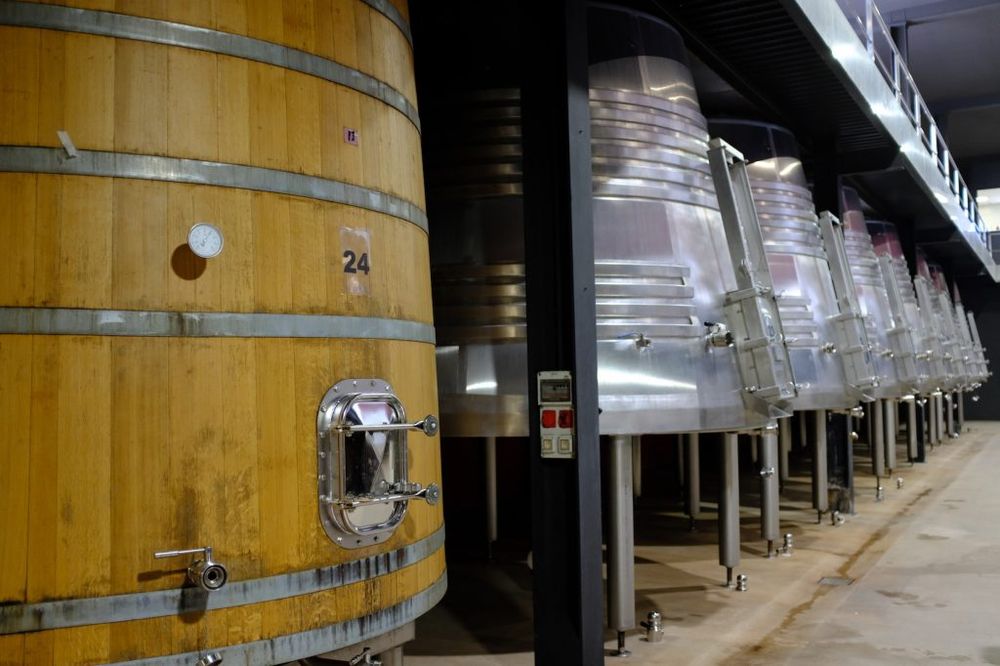
First of all the wines must be grown on soil that has specific characteristics to distinguish it, be cultivated traditionally, bottled by owners and all grape varieties in the pago are vinified and aged separately. We are talking obsessional levels of terroir worship here. These guys (and girls) virtually live in the their vineyards.
With only 4.5 million bottles produced each year across all the estates, 39 grape varieties grown of which 20 are red, and end up as wine that has an average price of €20 a bottle (against a national average price of €5) this is clearly the premium end of the spectrum we are dealing with.
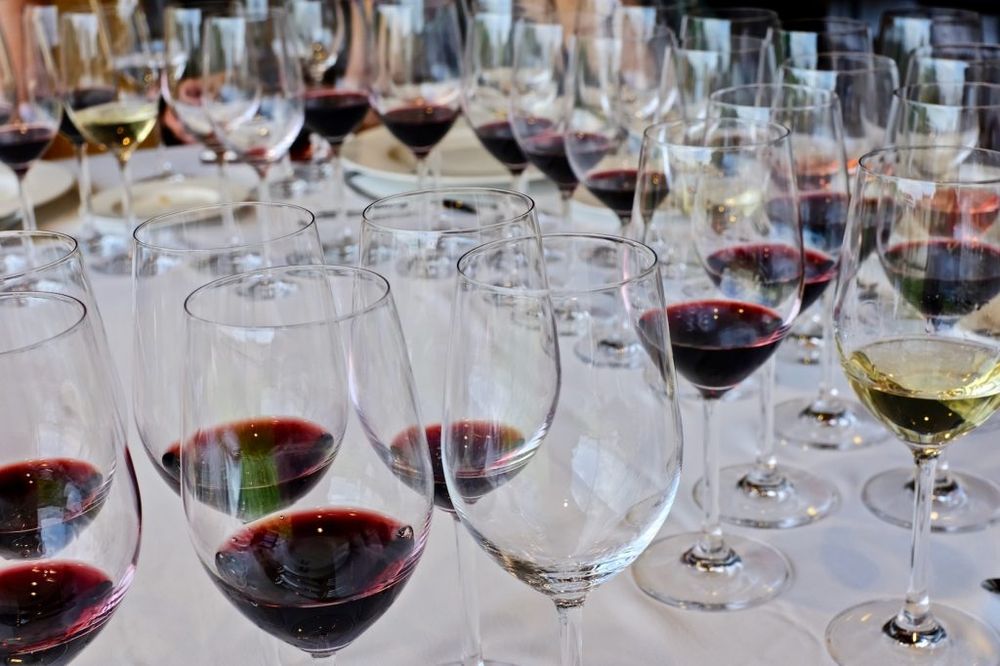
The members of Grandes Pagos de España break down into three sizes:
- Artisanal – 40,000 bottles a year or less
- Small – 200,000 or less
- Medium – over 200,000
Some make less than 6,000 a year but it would be a mistake to call them hobbyists, the passion and drive inherent in the membership is on display in every aspect of what they do. These are proud producers making the best wines they can regardless of economic viability.
2017 was a devastating year for Spanish grapes with extreme weather in the form of frosts and drought.
Some producers’ yields were down by as much as 60%. The larger ones can weather this but the smaller ones have to suck it up. But what was made that year was very good.
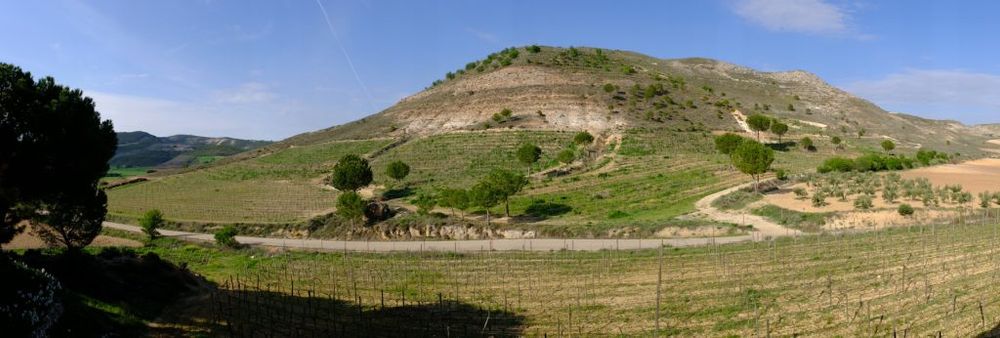
Spain has clearly come of age, 30 years ago all it was known for was Rioja. The differentiation of previously unrecognised wines has created a raft with variety and depth that are now giving the rest of Europe a run for its money. They have the sun, a plethora of quality terrior and altitude.
Take Arinzano in Navarra bought in 1988 by the Chivite family estates, and subsequently sold to the CPI Group (Stolichnaya et al) in 2015, it has been a vineyard since the 11th Century.
They have a lot of Chardonnay, Merlot and Cabernet Sauvignon but their mainstay is Tempranillo. They operate a limited production, high quality philosophy bottling around 200,000 a year. Starting prices are around €12 but move up to €80 for their Gran Tinto. The soil has similar stratification to Burgundy.
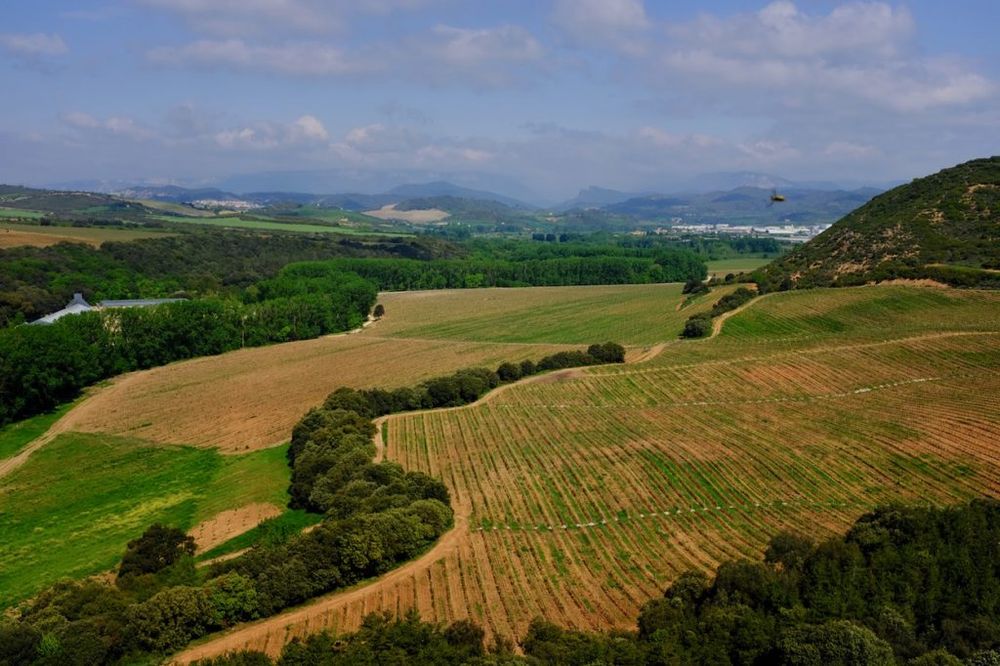
The state of the art winery is vast to accommodate wines from other vineyards.
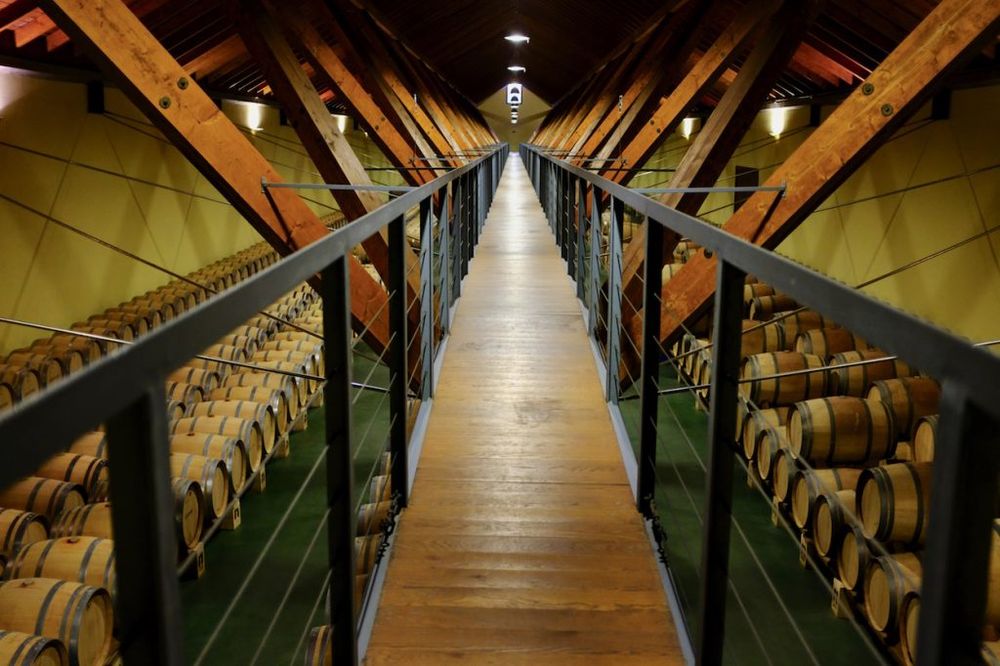
The Gran Vino de Tinto Arinzona 2002 had notes of chocolate, truffles and big dark fruits. The long dense mineral finish is typical of the terrior. At €15 a bottle a veritable bargain.
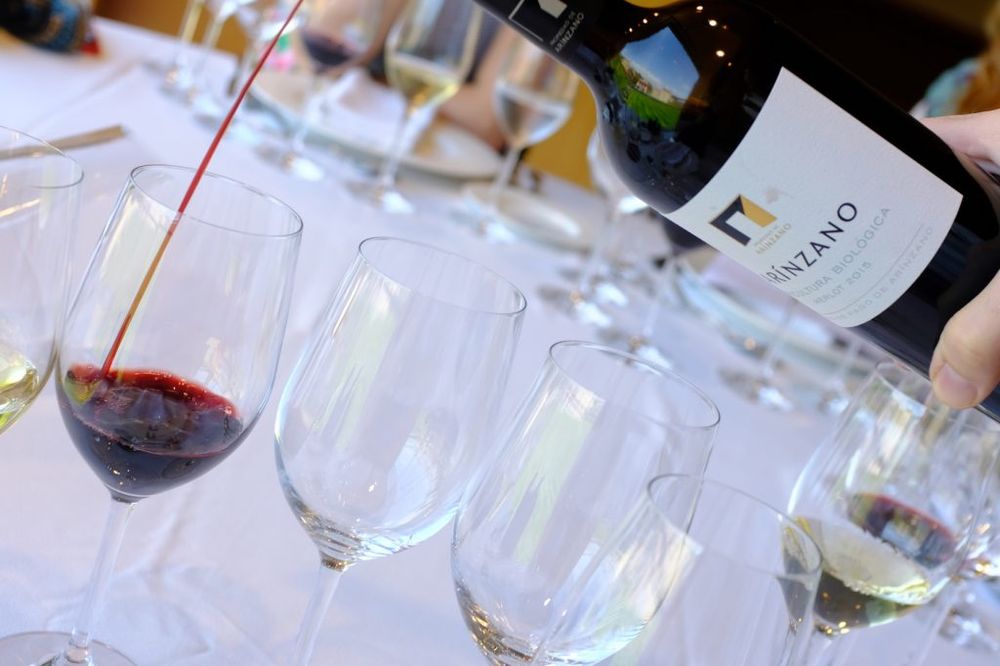
What’s crucial for these growers is that younger buyers are voting with their feet as Bordeaux loses popularity because of price. Modern methods allow the Spanish wines to mature quicker in the warmer climate. The 128 hectares planted are open to wine tourists and the on-trade alike. Tastings, tours and lunches and even truffle hunts are available.
Down the road Finca Valpiedra, established in 1889, is the only vineyard in Rioja to be part of the Grandes Pagos de España. The production per year is less than 250,000 making only two wines. They don’t produce every year and if the harvest doesn’t cut the mustard they don’t make any. The 80-hectare estate has a Mediterranean climate and sits 400m above sea level. The soil is covered in large pebbles, which retain and reflect the heat and the Ebro River borders the land. They harvest early in September.
Unusually they have a small selection of pre-phylloxera vines aged 120 years. These are large plants that look like dinosaurs on a modern vineyard. They plan to make a limited run of white wine just using these grapes.
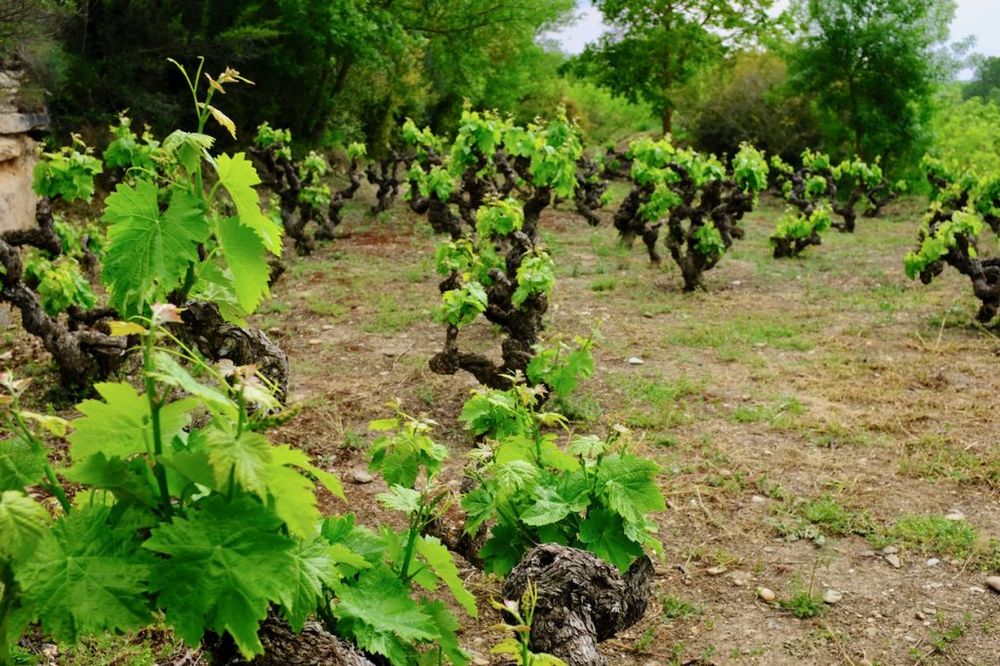
Finca Valpiedra opened a big winery in 1999 and keeps wine two years in the barrel and two in the bottle so it’s ready to drink when sold. They also offer tastings starting at €8 and run up to €100.
I was most impressed with their Cantos de Valpiedra Tempranillo 2014 – oily rich and intense with a little sweetness. Vanilla, spice and tobacco notes were there but overall the big fruits of the Tempranillo beat everything, this is excellent wine at an affordable €8 a bottle.
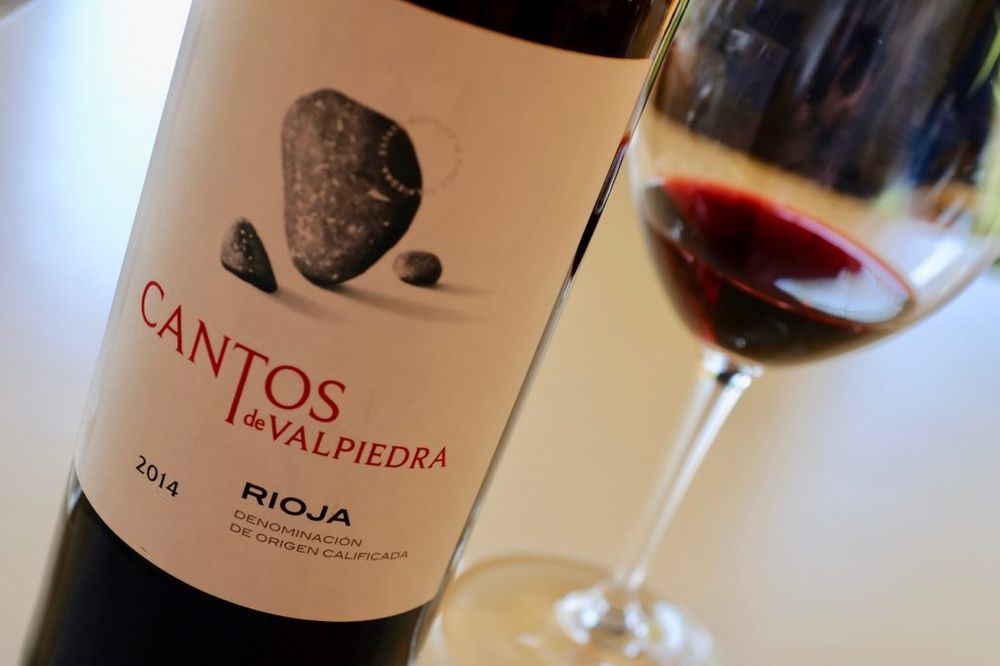
Just south of Rioja is Ribera del Duero where a very different producer Aalto sits on the landscape like a Modernist extra in a Sergio Leone film.
The bright, white, ultra-clean lines of the winery with interior courtyards and limestone floors are a million miles away from most bodegas. Air conditioning and a lack of people hit you on entry. They have a strict work/ home balance so everyone goes home about 4pm. The space age winery looks like it’s full of Daleks not steel containers. They have no sales or marketing department either.

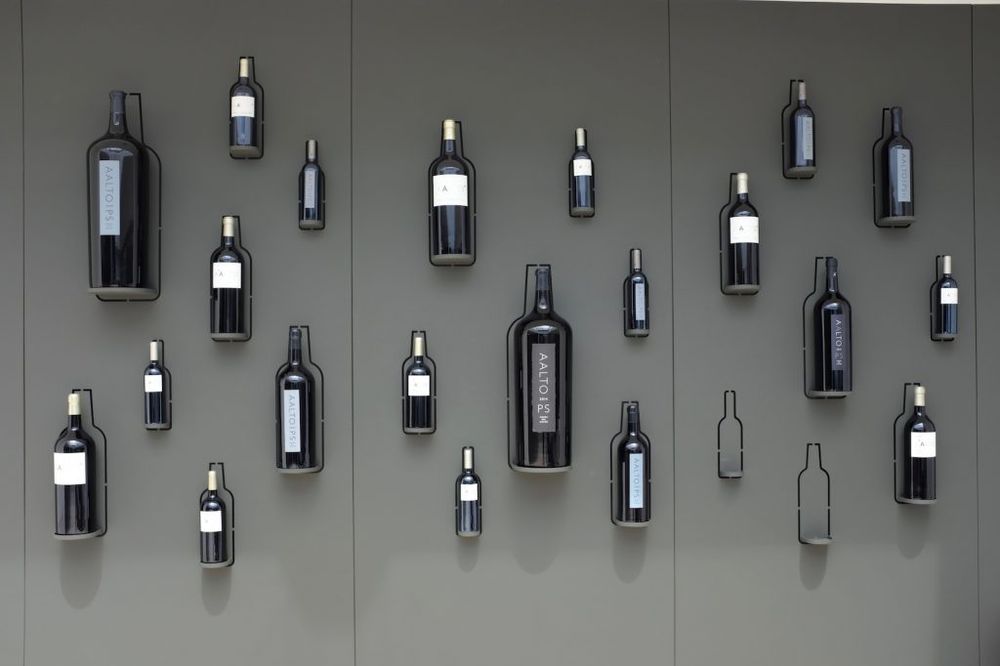
So what is it that makes Aalto stand out from the crowd? Their philosophy is a simple (if not risky) one but the culture of appreciation is such that they sell out every year. They simply set a price and it sells out.
Antonio Moral the winemaker is a man of few words but he decides when things are ready from their nine different vineyards. Making 280,000 bottles a year and a further 30,000 Plot Selected wines in good years.
The results? Well I tasted a 2015 that had a good balance between tannins and sweet acidity, with fruit ever present and a little spice. An excellent wine for €28… if you can get hold of it!

Over in Cuenca Province east of Madrid on the way to the Mediterranean the rich red soil 1000m above sea level affords greater minerality. Started in 1979 by Paco Uribes, an architect (albeit of wineries) the 22 hectares of Pago Calzadilla produce six wines totaling around 80,000 bottles a year. Here they encourage biodiversity in the vineyards and only cutting back when the nutrients are being used up.
The terraced vineyards look strange staked with the crosses that allow the grapes to grow in a circle; the strong winds here necessitating the staking. They grow a lot of Tempranillo on the estate and my favourite was their very intense Opta, a 60% Tempranillo, 20% Garnacha and 20% Syrah blend.

This beautiful €15 a bottle wine was spicy, with deep fruits and rosemary (which grows everywhere on the estate). Paco and his daughter Paola run the place in a relaxed but passionate way and offer tours for trade and tourists.

Domino de Valdepusa is due south of Madrid near Toledo and you could be forgiven for thinking you’d walked into a Monet painting.
On my visit the fields surrounding the estate were poppy red with thousands of flowers in perfect bloom.
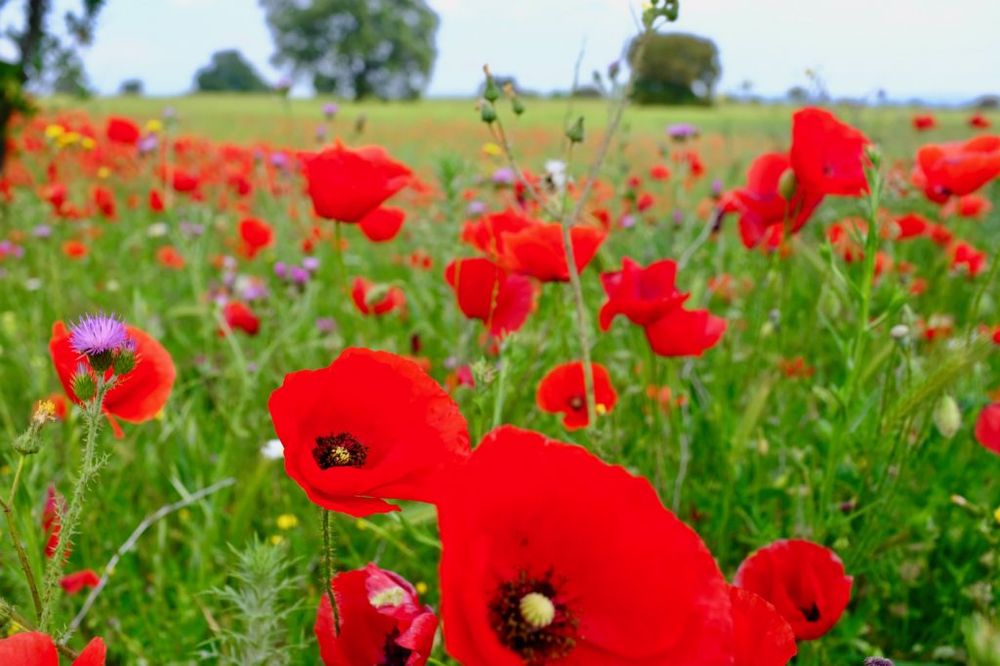
Julio Mourelle is one of those romantic winemakers, he lets others worry about prices, websites, sales etc while his only concern is the plateau the vineyard sits on with its limestone bed under a Burgundian soil (that gets half the rain of Bordeaux).
The estate was the first to use andrometers – using trunk diameter measurements throughout the day the devices can detect when water is needed and where.

Julio probably sums it up best when he says “Making the wine is like mixing paints to obtain the right hue, it takes an artist’ eye.”
They make around 230,000 bottles a year here using predominately Syrah, Petit Verdot and Cabaret Sauvignon. They are elegant wines, low in tannins with deep colour and aromas of spice, tobacco and coffee.


The varieties of producers, styles and wines that make up the Grandes Pagos de España are a reflection of the diversity of soils, climates and grapes on offer in Spain. The organisation is in rude health, in my view, with vigorous entry criteria (such as blind tastings) ensuring that only the good will win through.
A testament to the quality of Grandes Pagos wines is that roughly half of the wines produced are exported, America, Germany, Scandinavia and the UK all featuring highly. If in any doubt I’d get out there and conduct your own wine road movie, soak up the beautiful scenery, stop off and taste a few, you never know you might get cast as an extra.
Neil Hennessy-Vass is one of the UK’s leading food and drink photographers as well as having a particular liking for fine wine and bourbon. See more of his work and get in touch with him here








































